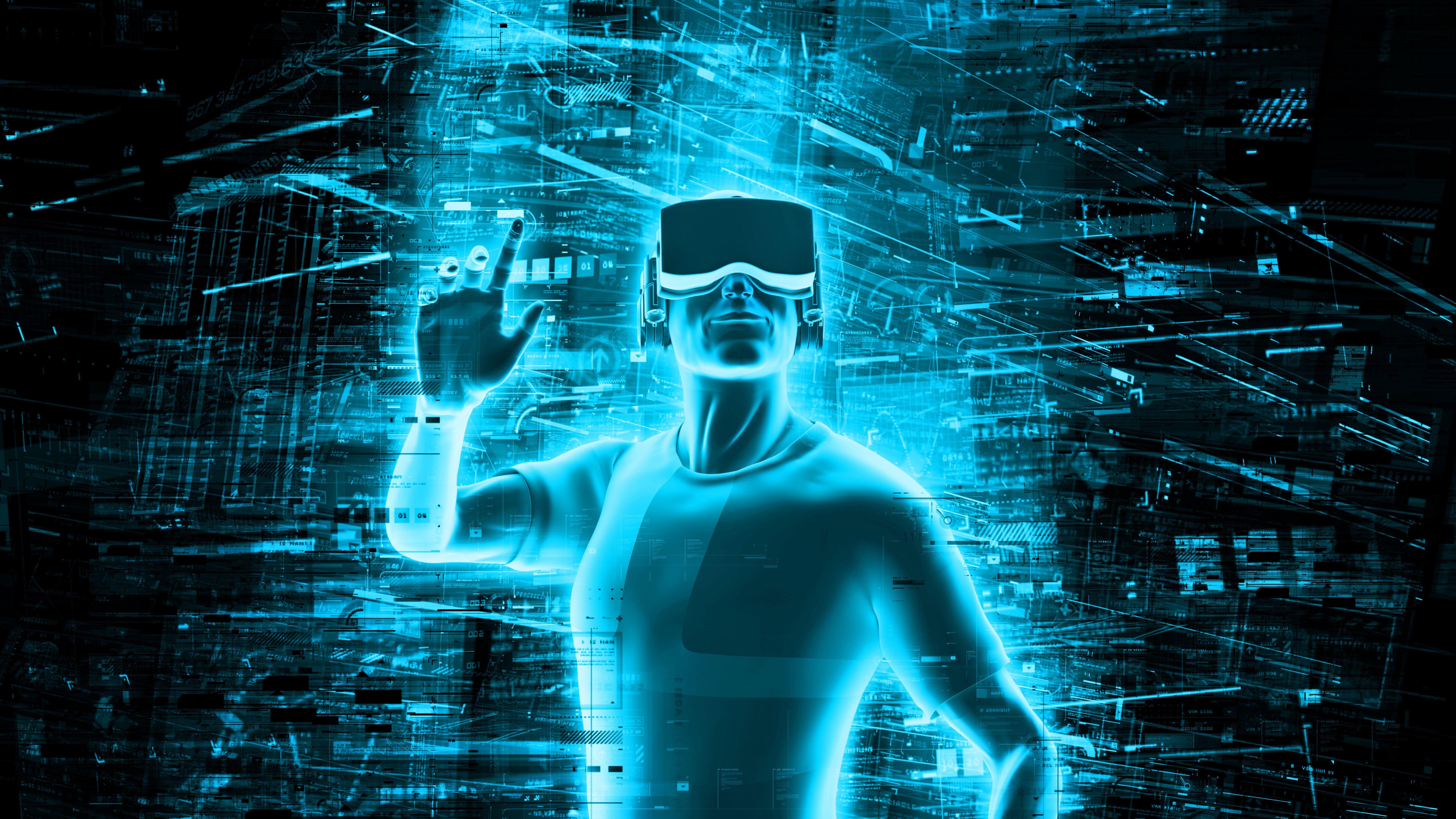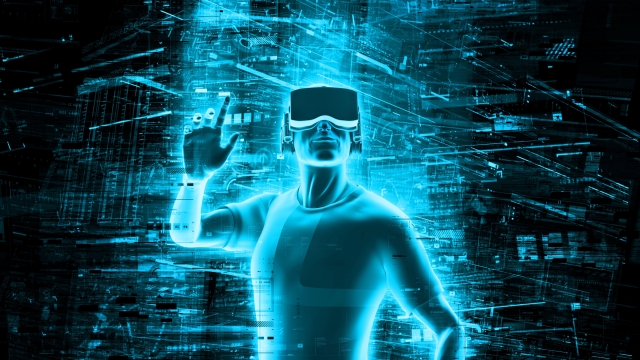 As gatherings of all sizes adapt to new expectations, innovative solutions like those offered at https://chameleon-interactive.com/ are essential for enhancing event interaction technology and reshaping how attendees engage with one another and with organizers.
As gatherings of all sizes adapt to new expectations, innovative solutions like those offered at https://chameleon-interactive.com/ are essential for enhancing event interaction technology and reshaping how attendees engage with one another and with organizers.
In today’s fast-paced digital world, the way we connect during events is evolving rapidly. Event interaction technology is at the forefront of this transformation, reshaping how attendees engage with one another and with organizers. As gatherings of all sizes adapt to new expectations, innovative tools and platforms are making interactions more meaningful, personalized, and impactful.
From virtual networking lounges to interactive event apps, the potential for enhancing attendee experience is limitless. This technology not only bridges gaps between in-person and remote participants but also fosters deeper connections by facilitating real-time communication and collaboration. As we look to the future, understanding the developments in event interaction technology will be essential for organizers eager to create memorable and effective experiences that resonate with their audiences.
Overview of Event Interaction Technology
Event Interaction Technology refers to the tools and platforms designed to enhance engagement and communication during events. This technology encompasses various solutions, including mobile apps, interactive displays, real-time polling, and networking platforms. It enables attendees to connect with each other, access information effortlessly, and participate actively in discussions and activities. As events grow in size and complexity, these technological solutions become essential for creating a dynamic and engaging atmosphere.
The integration of Event Interaction Technology significantly transforms the traditional event experience. Attendees are no longer passive observers; they can engage in meaningful interactions that enrich their overall experience. Features like live chat, Q&A sessions, and feedback collection allow for immediate responses and insights, fostering an environment of collaboration and shared knowledge. Event organizers are increasingly turning to these technologies to facilitate communication and ensure that every participant feels included and valued.
Looking to the future, Event Interaction Technology is poised to evolve even further. Innovations such as augmented reality, virtual reality, and AI-driven solutions are set to enhance the immersive experience of events. These advancements will not only improve networking opportunities but also create personalized experiences for attendees, tailoring interactions based on their preferences and interests. As the industry adapts to new technologies, the potential for transforming how events are experienced continues to grow, paving the way for more empowered connections among participants.
Emerging Trends in Event Tech
As we move further into the digital age, event interaction technology is evolving rapidly to meet the expectations of both organizers and attendees. One key trend is the integration of artificial intelligence and machine learning to enhance personalized experiences. By analyzing attendee data, event tech platforms can suggest tailored content, networking opportunities, and sessions that align closely with individual preferences. This level of customization not only increases engagement but also ensures that participants derive maximum value from their event experience.
Another significant trend is the rise of hybrid events, combining in-person and virtual participation. This approach allows organizations to reach a broader audience by creating inclusive experiences for those who cannot attend physically. Event interaction technology is bridging the gap between these two formats through interactive features like live polling, Q&A sessions, and networking lounges that are accessible to both remote and on-site attendees. As a result, event organizers can create dynamic and engaging environments that cater to diverse needs and preferences.
Finally, the use of immersive technologies such as augmented reality and virtual reality is gaining traction in the event tech landscape. These innovations offer opportunities for more engaging and interactive experiences, allowing attendees to explore products and services in a 3D environment or participate in captivating virtual excursions. As these technologies become more prevalent, they are redefining the way people interact with brands and each other during events, making for an unforgettable experience that transcends traditional formats.
Enhancing Attendee Engagement
Event Interaction Technology plays a pivotal role in creating an immersive experience for attendees. By leveraging tools such as live polls, Q&A sessions, and real-time feedback mechanisms, organizers can facilitate greater participation and inclusivity. This not only keeps the audience engaged but also allows them to feel like active contributors rather than passive observers. Engaging attendees through interactive features fosters a sense of community and connection, making the event more memorable.
Furthermore, the integration of personalized content based on attendee preferences significantly enhances engagement levels. Advanced algorithms can analyze data collected from attendees before and during the event, tailoring sessions and networking opportunities to match their interests. This tailored approach can lead to higher satisfaction rates, as participants are more likely to engage with content that resonates with their individual goals and professional needs.
Lastly, the utilization of mobile applications and interactive platforms can revolutionize the way attendees interact with each other and the event itself. These tools can enable seamless networking opportunities, allowing participants to connect with like-minded individuals easily. Additionally, features such as gamification can introduce friendly competition and encourage attendees to explore various event offerings, further deepening their connection to the experience. By harnessing these technologies, event planners can ensure that engagement levels soar, creating lasting impressions and building stronger relationships within the event community.
Future Predictions and Innovations
The landscape of Event Interaction Technology is on the brink of transformative advancements. As artificial intelligence and machine learning continue to evolve, we can expect personalized experiences for attendees that cater to their preferences and interests. This could mean tailored networking opportunities, customized content delivery, and real-time feedback mechanisms that enhance engagement. Event organizers will have access to analytics and insights that allow them to adapt in real time, creating dynamic environments that respond to the needs of participants.
Moreover, virtual and augmented reality are set to redefine the way we interact at events. These technologies will enable immersive experiences that go beyond traditional presentations and workshops. Attendees could explore virtual venues, interact with 3D displays, and engage with holographic speakers. This shift will not only make events more engaging but also accessible to those who may not be able to attend in person, breaking down geographical barriers and creating global communities around shared interests.
Collaboration tools are also poised to play a crucial role in enhancing event interactions. As remote work becomes the norm, integrating seamless communication platforms into events will be essential. Features like live polls, Q&A sessions, and collaborative brainstorming will empower attendees to connect with each other and share their insights. The future of Event Interaction Technology lies in fostering a sense of community and collaboration, enabling participants to build meaningful connections that extend beyond the event itself.
